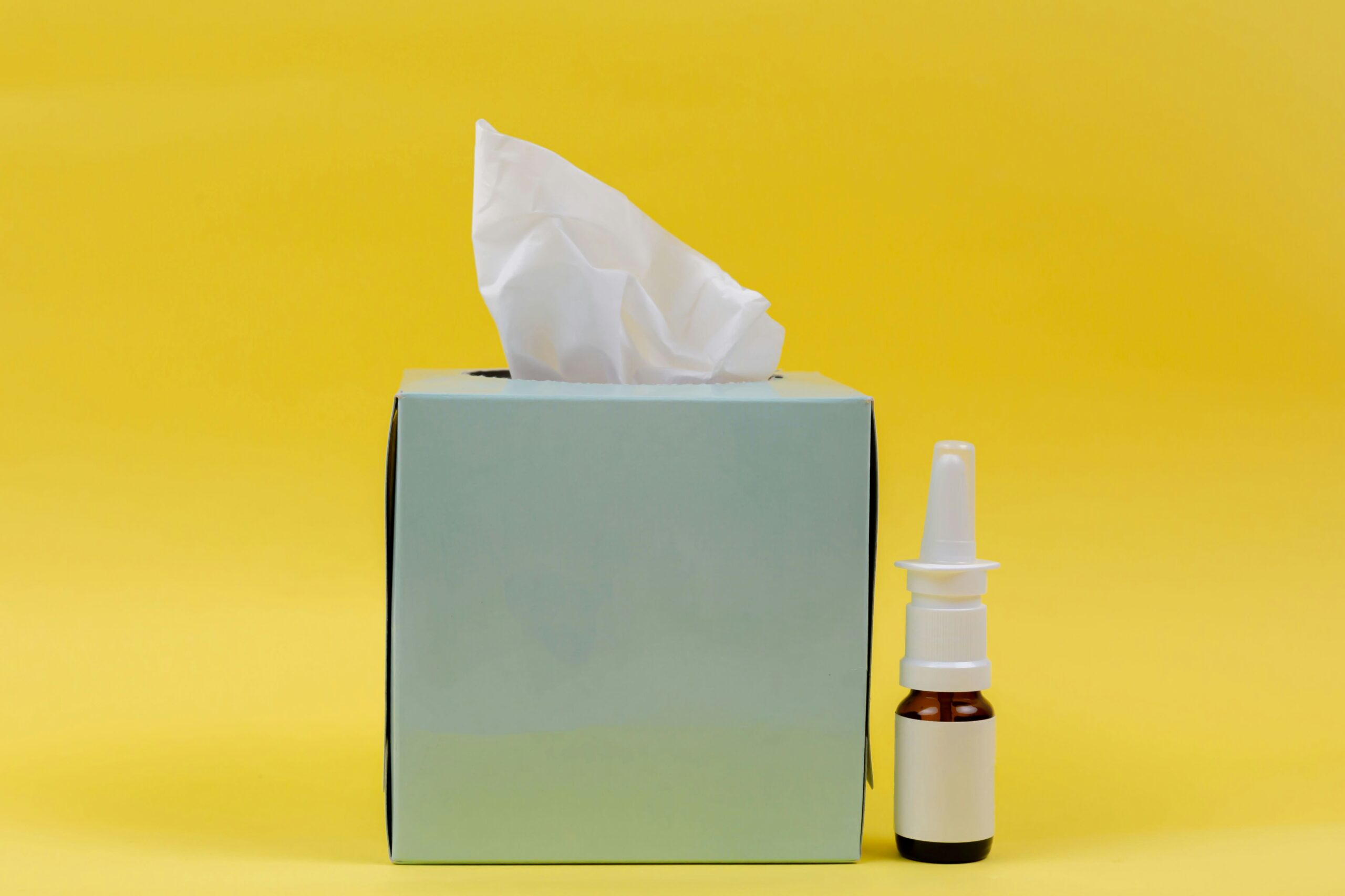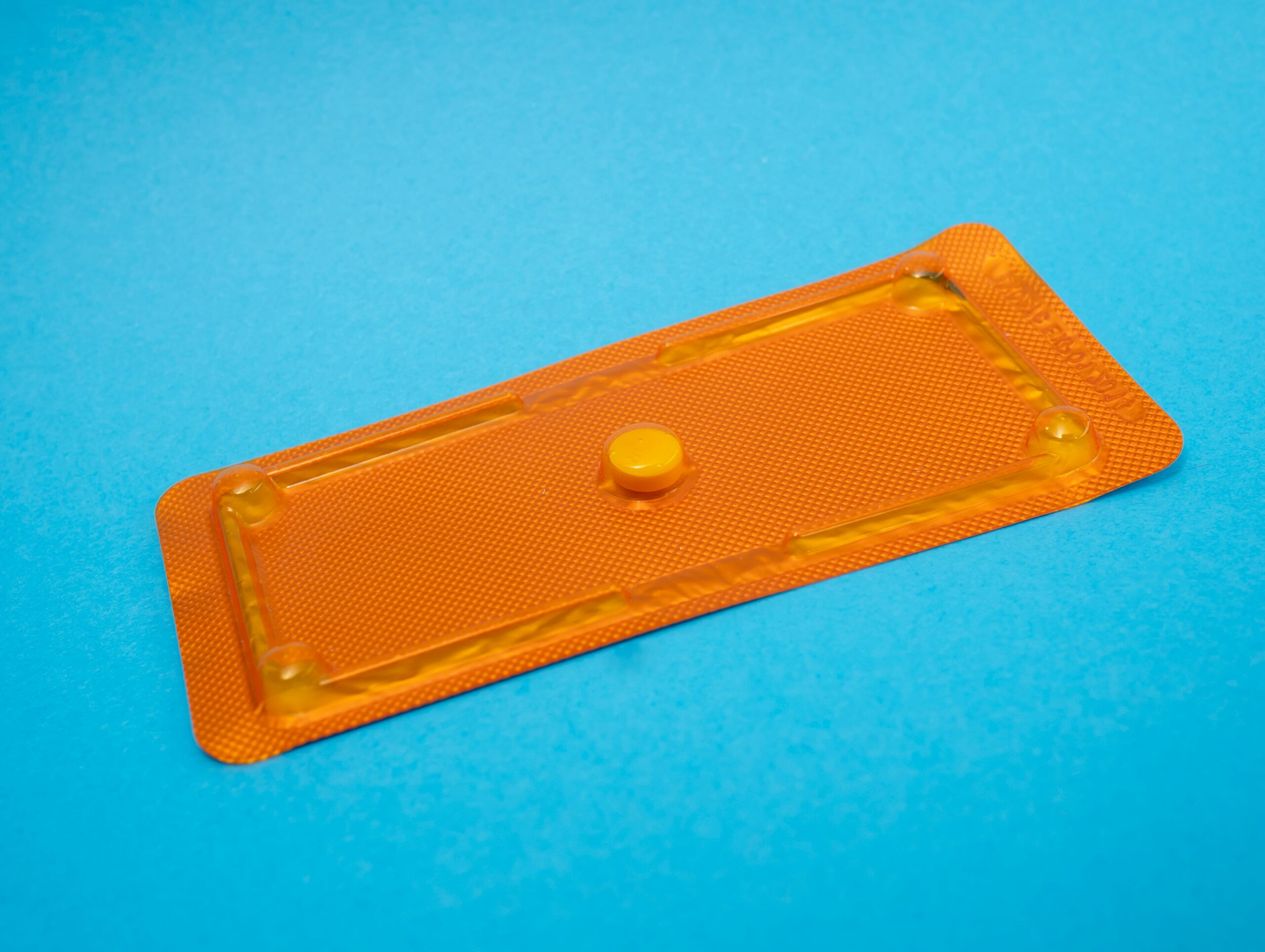The larger part of individuals have so-called typical sinus pressure, which is responsible for the sinus pressure phenomenon, and this is why it may be a standard for the human populace. That's when the cheeks, lips, and all the parts of the face near the nose, brow, and, indeed, behind the eyes feel overwhelming or repulsive.
On the off chance that you compare it to a balloon almost bursting, at that point, you'd say that a horn player blowing his horn behind your head could be a sensible similarity for this circumstance. Blocked and/or bothered sinuses—the air-filled zones within the face—are the reason for the collecting pressure to which the bodily fluid cannot elude on the one hand exhalation and the other breathe in through the breathed out air.
Your sinuses should regularly perform to form the bodily fluid that locks in the dust, germs, and other unsafe particles that shuttles pick through the vessels. In any case, the already specified state you're in is comparable to the starting of a genuine sickness. The driving cause is sinusitis, which is the condition that swells the as-of-aroused canals; thus, the sinuses are made to be beneath pressure so that the treatment can be effective. Tie it to the setting of sinus pressure: its causes, side effects, treatment, and prevention.

Sinus pressure is the most common problem. To be precise, it is to be found almost everywhere. These days, many people suffer sinus pressure, which is caused by an allergenic reaction, a cold, or a sinus infection; American research says that about 11-15% of adults suffer sinus pressure every year. I can say most of them. Pollution and allergies are the catalysts of this issue. Even if all the plants are in the best condition during spring, the situation is at its best. Some people experience sinus pressure as a lifelong partner, resulting in many doctor visits and misdiagnoses because it mimics other diseases. However, each of us seems to have it to a different extent.
For the most part, sinus pressure is brought on by irritation or clogs in the sinuses; in any case, the precise cause may vary greatly between people. The foremost common condition included is sinusitis, which is the aggravation of the sinus linings. Intense or inveterate sinusitis can be analyzed based on how long the condition lasts. Intense sinusitis is ordinarily the result of bacterial or viral contaminations after a cold has been created. In differentiation, constant sinusitis regularly turns into a never-ending cycle of torment and keeps going for more than three months.
Other than hypersensitivities, allergies are a major cause of sinus pressure. Allergens include pollen, dust mites, and pet dander. They can cause irritation of the sinuses and nasal entries. An allergen bothered the resistant framework, which caused an overabundance of bodily fluid to be delivered through the respiratory framework. As a result of the allergy-induced swelling, the sinuses cannot be released appropriately, and hence, they are filled with pressure.
Another effect is anatomical variations from the norm, like nasal polyps or septal deviation, that obstruct the sinuses and the other variables. It may well be that your nostril isn't in a position that permits discussion to stream unreservedly through it, consequently, the weight. Environmental factors like dry discussion and cigarette smoke can make nasal clogs more awful. Many environmental variables might be the cause of aggravation.
A spurt in the sinuses can be a symptom of various medical conditions in humans, depending on the extent of the disease and the underlying reason. For instance, it clearly indicates one of the most common conditions people face if they feel that their face is full of or constricted around the nose, cheekbones, or forehead. The pressure may be dull and annoying for some people, while for others, it may be sharp and suddenly increase in intensity if sleeping down or bending forward is required. On the contrary, pain is the result of the object's weight. Moreover, it is common to experience tenderness to the touch, which aggravates the pain when one presses on some particular areas.
Nasal stuffiness, impairment of nostril breathing, and nasal congestion are common. Most of us take this for granted until we can no longer do it. Also, a thick nasal discharge, which is normally clear, greenish, or yellow, is found depending on the type of infection. Postnasal drip is a case where the mucus with no clear exit may go down the back of the esophagus. The consequence of this could be a constant cough or an irritated larynx.

Mismanagement of sinus pressure is likely to lead to a more severe outcome. The most alarming issue is the spreading of sinus infections to other parts of the body. It might cause orbital cellulitis in the eye area. The connective tissue around the eyes gets infected and begins to swell, which may cause sight loss. In some cases, timely medical assistance is needed.
Another complication is chronic sinus pressure. Chronic sinusitis![]() means the symptoms last over three months after unsuccessful treatment. It is so excruciating. The pain is such that it disrupts sleep, makes it hard to focus, and steals happiness.
means the symptoms last over three months after unsuccessful treatment. It is so excruciating. The pain is such that it disrupts sleep, makes it hard to focus, and steals happiness.
In rare cases, the contagion may reach the sinuses or even start meningitis, a brain and spinal cord ailment. Although this is usually rare, it emphasizes the fact that sinus infections should not be left untreated. The overuse of antibiotics, mainly for diseases where they are not necessary, can lead to antibiotic resistance, which will make the treatment more difficult.
Doctors can utilize a variety of procedures to identify the compression of the sinuses and establish the definite cause. Initially, the steps usually include a medical history and a physical exam. A physician will ask you if you have had any health issues before and then perform a physical examination. A physician will likely press on your sinuses to check if they are sensitive. They will also use tools to check your nasal passages for swelling, blockages, or polyps.
An endoscopy![]() of the nose is a technique usually utilized to achieve a better outcome in vision. The endoscope is a flexible tube with a light and a small camera built into it. The term “endoscope” is what people mean. It is not that terrible. Besides that, the camera will be inserted into your nostril. This way, the doctor can see real-time activities inside your nose. It is one of the best methods for detecting polyps, inflammation, or other problems. The approach of giving a local anesthetic, which diminishes the pain level, can be the way out of the swelling of the nose membrane. By now and then, it is mostly done in the doctor's office. Some find it a little weird, but it is a great way of knowing what is happening inside.
of the nose is a technique usually utilized to achieve a better outcome in vision. The endoscope is a flexible tube with a light and a small camera built into it. The term “endoscope” is what people mean. It is not that terrible. Besides that, the camera will be inserted into your nostril. This way, the doctor can see real-time activities inside your nose. It is one of the best methods for detecting polyps, inflammation, or other problems. The approach of giving a local anesthetic, which diminishes the pain level, can be the way out of the swelling of the nose membrane. By now and then, it is mostly done in the doctor's office. Some find it a little weird, but it is a great way of knowing what is happening inside.
Imaging tests may be required when doctors need to get more details. Computerized tomography (CT) is one of the imaging types that is mostly applied to sinus problems. Through this method, it is possible to produce cross-sectional pictures. Thus, you can see the structure's vertices and a condensate in the cavity. Magnetic resonance imaging (MRI) scans are not advisable unless complicated problems arise. Nevertheless, if necessary, you can obtain the scans that reveal the areas around the sinuses more clearly.
Allergy tests can be very useful in identifying the specific allergen if allergies are suspected as the main reason for your sinus pressure. It could be a skin prick test, where very small allergens believed to be causing the allergens are placed on your skin to see if you have a response. For example, a blood test may be used to check if the antibodies against some common allergens are present in the blood. The first step that has to be done to manage the head pressure more easily is to find out the list of allergens that are responsible for the problems and make the pressure worse.
Sometimes, when the doctor needs to test for an infection and the typical drugs are not working, he may go for culturing. After taking a sample of your sputum, they will now try to find the bacterial or fungal strains responsible for your sickness. If an infection does not respond to antibiotics, the culture can be used to determine the drug that eliminates the microorganism.
However, the structural problem usually causes sinus pressure and subsequently governs the course of treatment. An allergy, an infection, or even malformation might be the responsible factors. The priority is always to minimize the swelling, allow the sinuses to drain easily, and improve the patient's overall condition.
Most drugs fall under the category of first-line agents. Decongestants are one type of medication that initially helps reduce the swelling of the blood vessels in the nasal cavity and then decreases the constriction of the respiratory tract caused by sinusitis. They may be administered via a nasal spray or oral tablet; however, patients should be careful when using the nasal spray because it can cause a rebound effect, wherein you now have more nose blockage if you take too much of the medication. Antihistamines, on the other hand, are a type of drug that is particularly effective when elevated blood pressure is due to allergic reactions. They, in turn, block the histamines, which are the main reason for nose irritation.
Nasal irrigation is a popular therapy well-established by many medical practitioners. For mucus and allergies, a saline solution is used to help clear the nasal passages. This prevents the passages from breathing and thus blocks the breathing track.
It is possible to keep the nasal passages clear by administering a saline solution to the patient. People who have learned to do this themselves can sometimes get much relief from using saline sprays or neti pots. This cannot be overemphasized, especially in the case of acute sinusitis. Many think using saline to wash out their sinuses is very rational. This might look odd initially, but it might be very surprising in the long run once you weigh the benefits.
Having a steamy shower or a bowl of hot water near you can help you loosen the mucus, which is now easier to remove from your body. Conversely, steam does not cure the problem but gives relief and makes breathing smooth. You can also use eucalyptus essential oils to strengthen the combination of guesses. However, be cautious not to use it too much, as it may irritate your nose. Warm compresses are also effective in relieving pressure and discomfort on the face. Undoubtedly, it is like being hugged by the sun in a warm and gentle manner on your face.
Balloon sinuplasty![]() may be a solution for patients who suffer from chronic sinusitis if medications and home treatments do not work. The therapy is mild since a small balloon is placed into the clogged sinus passage and then inflated. The basic goals of this surgery are to widen the passage and let the sinuses drain appropriately. The fact that the operation is carried out in the office so frequently and the recovery period is much shorter than the conventional sinus surgery is very interesting.
may be a solution for patients who suffer from chronic sinusitis if medications and home treatments do not work. The therapy is mild since a small balloon is placed into the clogged sinus passage and then inflated. The basic goals of this surgery are to widen the passage and let the sinuses drain appropriately. The fact that the operation is carried out in the office so frequently and the recovery period is much shorter than the conventional sinus surgery is very interesting.
FESS surgery![]() may be required for patients whose chronic sinusitis results from structural causes or recurrent polyps. During FESS, the surgeon can even look inside the sinuses and remove the blockages using a video camera or endoscope. This innovative procedure may work for those with chronic sinusitis who have already tried all other treatments.
may be required for patients whose chronic sinusitis results from structural causes or recurrent polyps. During FESS, the surgeon can even look inside the sinuses and remove the blockages using a video camera or endoscope. This innovative procedure may work for those with chronic sinusitis who have already tried all other treatments.

The main reason for and severity of treatment will be the change in the sinus pressure estimate over time. Patients with acute sinusitis recover in two weeks with the help of medication, nasal irrigation, and avoidance of irritants. Although painful, it usually goes away independently and has no lasting effects. Chronic sinusitis is less common. Many suffer from excruciating pain that only sometimes subsides. On the other hand, mild to moderate discomfort is normal throughout this time.
Avoiding allergens and using the right medicines can relieve allergy-induced sinus pressure. The other side effect of the wrong allergy treatment may be aggravation of the condition. Antisedatives are the major cause of sinus hypertension. Early diagnosis and treatment prevent complications and maintain the quality of life.